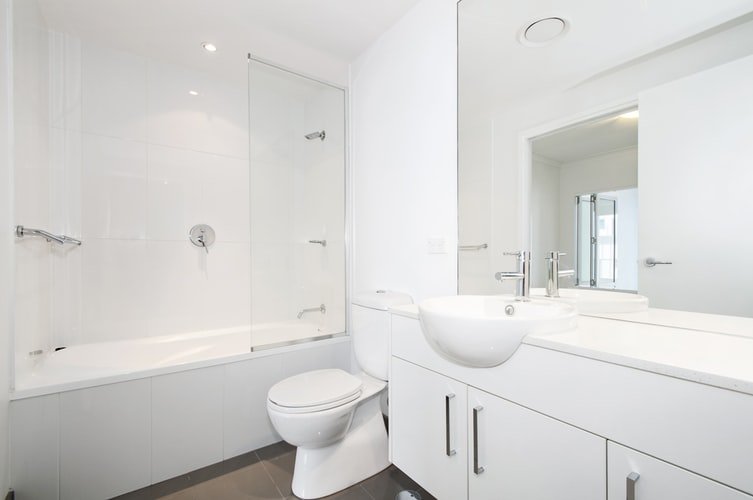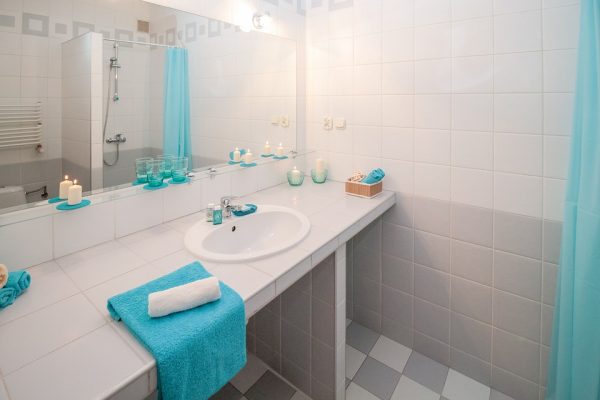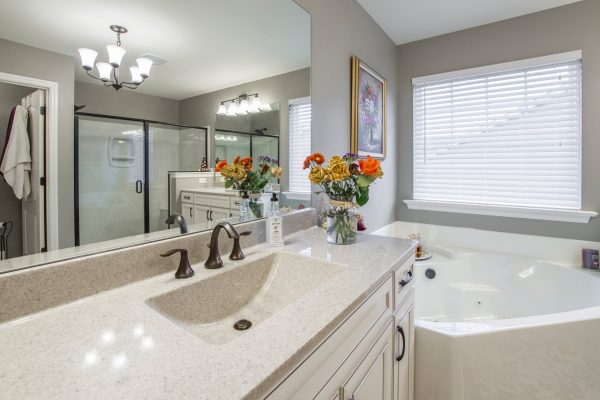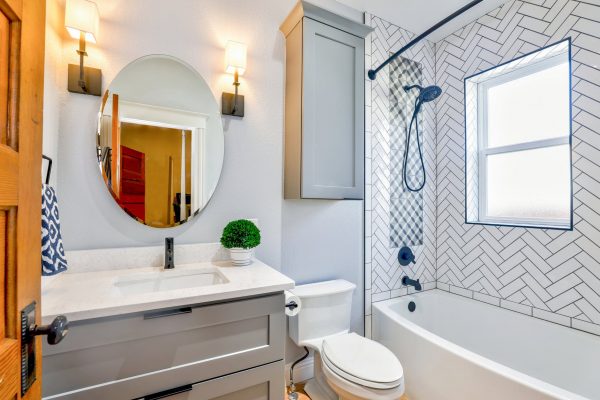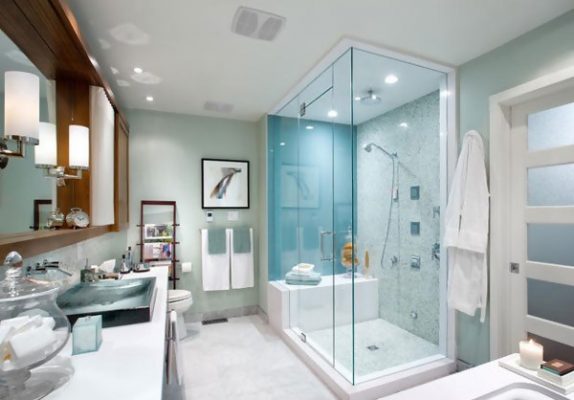bath
What You Need To Know Before Replacing A Bathtub With A Shower
If you’ve decided to switch over from a bathtub to a shower, you’ll need to take a moment to carefully plan your transition. Luckily, that’s just what we’re going to help you out with here in this post.
In this article, we’ll go over the cost of replacing your bathtub with a shower, the spacing and placement, the materials and much more.
-
Cost of Remodelling From a Tub to a Shower
When deciding to remodel, homeowners must decide whether they wish to tackle this matter by themselves or hire a professional contractor for the job. It’s expensive to pay for a plumber’s labor, but it’s even more costly if you make any mistakes, which is something that damages your plumbing.
To get started, here are the areas you need to consider when it comes to cost:
- Changing the pipes: The cost of replacing old or outdated with either copper or PEX could vary depending on how much needs to be changed. Plumbers might charge you anywhere between $45 to $150 per hour.
- Tiles: Using ceramic tiles to tile your shower could cost about $1.30 per square foot. Specialty tiles, on the other hand, can stretch as much as $20 per square foot.
- Dry rot or any other problems around the tub space: Check for any dry rot or any other issue that may have accumulated around your tub space over the years. If your tub has had a water leakage problem during that time, then it’s best you get it replaced with a shower soon before it damages your floor.
- Fixtures: If you crave a luxury experience, then we suggest special fixtures like height-adjustable or rainfall showerheads. These high-quality fixtures can be anywhere around a couple of hundred dollars.
- Door: A basic sliding door can cost you anywhere between $100 to $300 plus installation. You can even choose glass doors that are tinted or textured if your pockets are deeper.
-
Spacing & Placement
It’s pretty simple to install your new walk-in shower, especially when doing so in the same space as where your bathtub once was. Not to mention, the water supply and drain lines are already there in place. But when it concerns moving plumbing, you may need to hire a plumber for the occasion, which will obviously add to the cost.
Amount of Spacing Required for a Walk-in Shower
- At least 80 inches in height.
- At least 30 x 30 inches of floor space.
- At least 21 inches between the front of your toilet and the shower wall
- At least 15 inches between your toilet’s side and the shower wall
- If you’re thinking about getting a swinging door, be sure to consider the swing.
-
Look for Materials
Materials are the next thing on your list after spacing. For this, you’ll require
- Screwdriver
- Plywood to protect wood
- Utility knife and putty knife
- Wrench and/or Allen wrench
- Prybar
- Jigsaw
- Reciprocating saw or drywall saw
You should also think of renting out a 10-yard dumpster to dispose of your bathtub in as many cities won’t accept bathtubs for curbside pickup. And even if they do, you’ll need to wait for a monthly or yearly bulk collection day.
-
Remove Your Tub
Now the action begins. Use these steps to remove your bathtub:
- Detach any screws or nails the connect your tub to wall studs.
- A utility knife is suitable for cutting through any caulk between the tub and the floor.
- Use a prybar to pry your tub a couple of inches from the wall.
- Get someone to help you and then use a prybar to pry up one end of your tub and then maneuver it upright. Make sure it fits through your doors.
- Or, you can cut through the middle of the tub using a jigsaw to put it into two pieces. Pry each one of them up and maneuver it until you’re able to slide it out of its space.
- Toss your old tub in the dumpster and then repair the drywall you cut away.
-
Install Your Shower
Now the last thing to do is to install your shower, which you can do by either calling your plumber or use your shower stall kit for the job.
 USD
USD CAD
CAD
